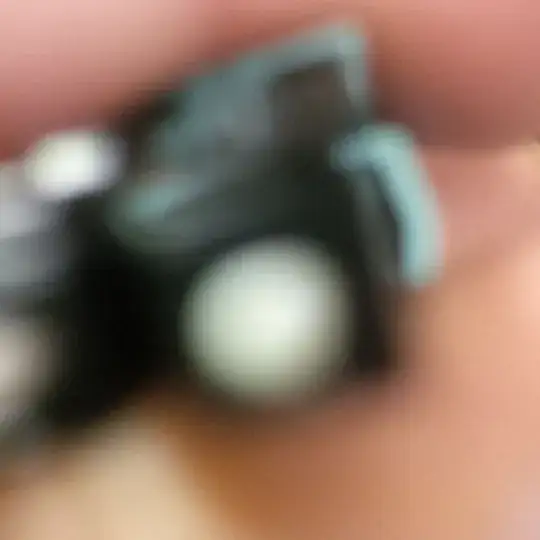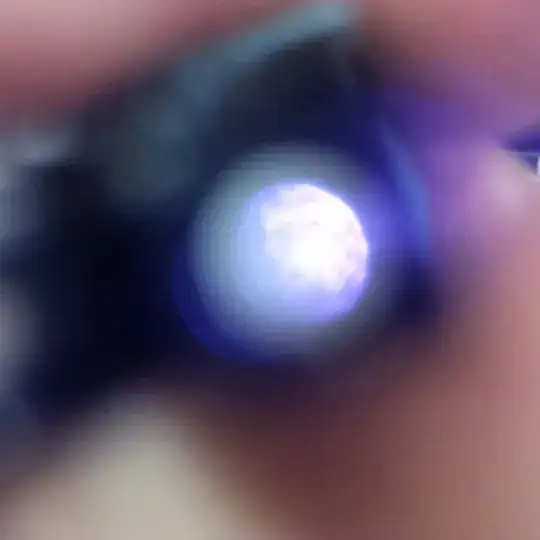I do storage, so I do a lot of fiber. I am also unlucky enough to have a patch panel with single strands, so when someone else does patching for me, it's usually a mystery which of the two strands I'm holding will end up being the tx (send) and which will be the rx (receive). We have a color code: the yellow one is supposed to be "hot". It's followed, accidentally, just under half the time.
I know that the vast majority of active cables in my datacenter are sending visible, harmless light. That's why I've seen a lot of people looking into one or the other cable, knowing that it's safe. The problem is I also have very few very dangerous lasers that I wouldn't recommend shooting into someone's hand, let alone their eye. One of them is outside the visible wavelength and strong enough to be read 80KM away.
A light meter will tell you whether a strand is lit up, but we only have one, and it's usually being used by someone else. Shining it on a paper or a hand is another technique, but I have trouble seeing it. I've seen little cards some people carry around, but I don't have one and don't want to carry something around I only need once a week.
What's the best way to tell whether a cable has light on it without requiring special equipment?

